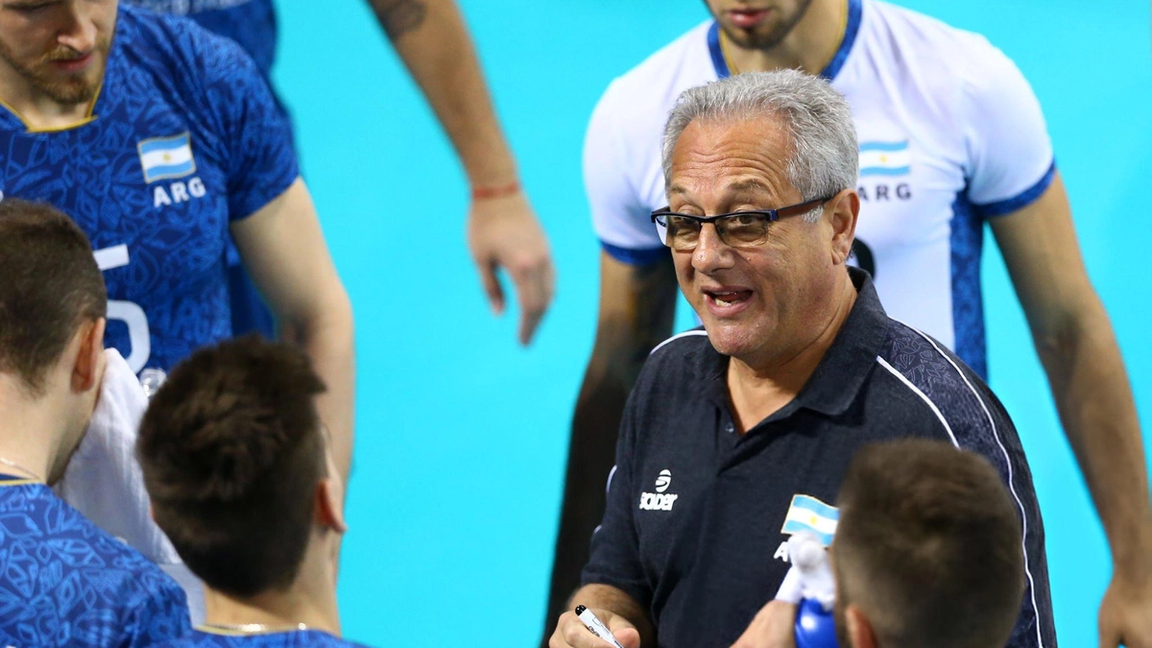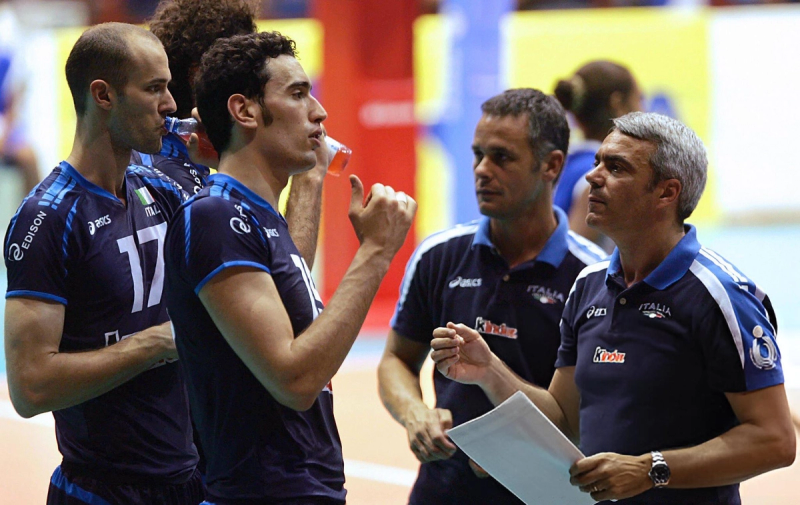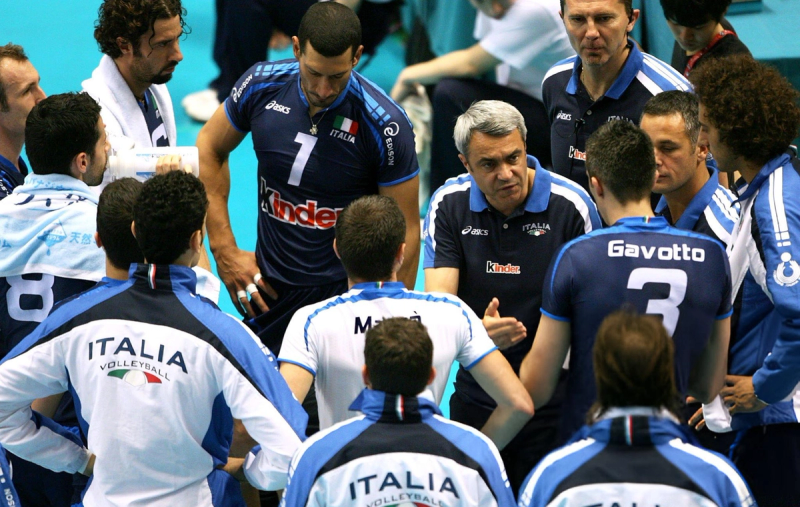
How to Correct Common Technique Errors Without Over-Coaching

Matt Nikishin
•
11th August, 2025
📌 Introduction
One of the biggest challenges in coaching is helping players improve without overwhelming them. Over-coaching giving too much feedback, too often can slow learning, kill game flow, and frustrate athletes.
The solution? Targeted, concise, and player-friendly corrections that allow improvement while keeping momentum.
Here’s a step-by-step approach to correcting common technique errors effectively.
1️⃣ Prioritize One Fix at a Time
Why: Players can’t process multiple technical corrections mid-play.
How: Identify the single biggest error impacting performance and work on that until it improves.
Example: If a hitter’s approach timing and arm swing are both off, fix the timing first. Once consistent, address arm mechanics.
2️⃣ Use the “Cue Word” Method
Why: Short, memorable cues stick better in the middle of a rally.
How: Replace long explanations with one- or two-word triggers the player can recall instantly.
Examples:
- “Snap” → wrist action on serves
- “High hands” → blocking form
- “Load” → knee bend in defense
Watch This Video to Improve your Coaching Skill:
3️⃣ Correct in the Flow, Not by Stopping Every Play

Why: Constant stoppages kill momentum and frustrate players.
How: Deliver quick, on-the-run feedback between plays, or use natural breaks for deeper coaching.
Example: Between serves, say “Shift left half a step on defense” rather than calling the whole team over.
4️⃣ Show, Don’t Just Tell
Why: Visual examples build muscle memory faster than verbal explanations alone.
How: Demonstrate the movement yourself or have a teammate with strong technique model it.
Pro Tip: Use quick video replays so players can see the difference between correct and incorrect form.
5️⃣ Reinforce Positives Alongside Corrections

Why: Focusing only on mistakes can damage confidence.
How: Pair every fix with praise for something they did well.
Example: “Your approach speed was perfect — now just reach higher on contact.”
6️⃣ Let Players Self-Discover
Why: Self-correction creates deeper understanding and lasting improvement.
How: Ask guiding questions instead of immediately giving the answer.
Example: “What did you feel on that swing? Did you hit the ball at your highest point?”
7️⃣ Build Repetition into Drills
Why: Repetition without over-explaining reinforces corrections naturally.
How: If fixing passing platform angle, run a rapid-fire passing drill where the player can try the adjustment multiple times without stopping.
🏆 Golden Rule: Coach the Person, Not Just the Skill

Every athlete learns differently:
- Some thrive with frequent, detailed reminders.
- Others need space to experiment and adjust.
Your role isn’t to control every movement it’s to light the path and let players take ownership of their improvement.
✅ Conclusion
Effective coaching balances technical precision with player autonomy. By prioritizing one fix at a time, using cue words, keeping feedback flowing, and encouraging self-discovery, you can help players grow without overloading them and without disrupting the rhythm of play.
🎯 Want to Coach Smarter, Not Harder?
If you want real-time, visual feedback tools to help athletes correct mistakes without constant stoppages, you’ll love Rewind.
🏐 Rewind lets you:
- Record and replay practice sequences instantly
- Use visual cues instead of long lectures
- Create targeted drill playlists for individual players
📈 Coach less. Teach more. See results faster.
🔗 Try it now at TryRewind.co
📸 Click the image below to bring smarter coaching into your next session.
